OPTIMIZING YOUR CUSTOMER EXPERIENCE
The customer journey is a powerful tool in order to analyzing your organization and aligning your customer experience with your strategy. It maximizes the impact of your efforts.

What you'll learn:
- Understand the concept of the phygital customer journey.
- Acquire knowledge of phygital technologies.
- Effectively integrate physical and digital channels into the customer journey
- Develop skills to create memorable customer experiences.
- Know how to continuously evaluate and optimize the customer journey.
- Present future prospects for the phygital customer journey
Acquired skills:
- Customer Journey Management
- Phygital sales
- Data analysis
- CX performance indicators
There are 3 modules in this course
Target group: Product, marketing or sales managers
Prerequisites: None
Duration: 3 days (splitable)
Price: please contact us
Optimizing the physical and digital links in the customer journey: "Phygital" Module 1 - 1 day
Objectives
- Understand the fundamentals of the phygital customer journey.
- Present the technologies used in a phygital customer journey.
- Collect, analyze and use data to personalize the customer experience.
- Explore how online and offline channels can be integrated to deliver a seamless customer experience.
- Understand the key elements for designing successful customer experiences.
- Guide participants through the implementation of a phygital customer journey.
- Change management and staff training.
- Understand the importance of regular evaluation and optimization of the phygital customer journey.
Program
Introduction to the Phygital Customer Journey
- Defining the phygital customer journey
- Changing consumer behavior
- Benefits and challenges for the company
Understanding Phygital Technologies
- Internet of Things (IoT)
- Beacon technology
- Mobile payment systems Data collection and management
In-store data collection & analysis
- Managing data confidentiality and security
Channel integration
- Integration of physical and online sales outlets
- Multi-channel strategies and brand consistency across channels
Creating Unforgettable Customer Experiences
- Design thinking applied to the customer journey
- Customer feedback and continuous improvement
Practical implementation
- Implementation planning
- Case studies and practical examples
Change Management and Staff Training
- – Internal communication and managing resistance to change
- Training staff in new technologies
Continuous Assessment and Optimization
- Key performance indicators (KPI)
- Customer feedback and adjustments
- Evolving technologies and trends
Conclusion and future prospects
- Training program review
- Additional resources and networking
- Classroom training
- feedback
- reading
Boost your sales techniques with data Module 2 - 1 day
Objectives
- Understanding the Role of Data in the Sales Process
- Collect and analyze customer data
- Customize Sales Strategies Based on Data
- Integrating Data into Presentation and Negotiation Techniques
Program
Introduction to Data in Sales Techniques
- The role of data in the sales process.
- Customer data collection and management.
- Data analysis to understand purchasing behavior.
- Personalized sales approaches.
Data Integration in Presentation and Trading Techniques
- Using data in sales presentations. – Data-driven adaptation of negotiation strategies.
- Case studies and simulations.
- Develop a data-driven sales strategy.
- Classroom training
- 1 feedback
- reading
Set up customer journey performance indicators Module 3 - 1 day
Objectives
- Understanding the Importance of Performance Indicators,
- Define relevant indicators for your customer journey
- Implementing an efficient measurement system
- Interpreting Results and Making Decisions
Program
Performance Indicator Fundamentals
- Introduction to performance indicators.
- Link between performance indicators and customer satisfaction.
- Selection of relevant indicators.
- Examples of best practice.
Set-up and Practical Use
- Implementation of a measurement system.
- Dashboard design.
- Analysis of results.
- Using indicators to optimize the customer journey.
- Case studies and practical exercises.
- 3 videos
- 2 quizzes
- 1 webinar
- reading
Other information
Training methods: Synchronous, face-to-face or distance learning
Teaching method: Theoretical input and practical exercises, discussion and debate, action plan
Evaluation method: pre-training questionnaire, satisfaction questionnaire and end-of-training validation quiz.
Follow-up and support: e-mail assistance and feedback one month later
What our clients are saying
"Baker Park has worked all the levers to make this store transformation strategy a success"
"Baker Park has worked all the levers to make this store transformation strategy a success"

